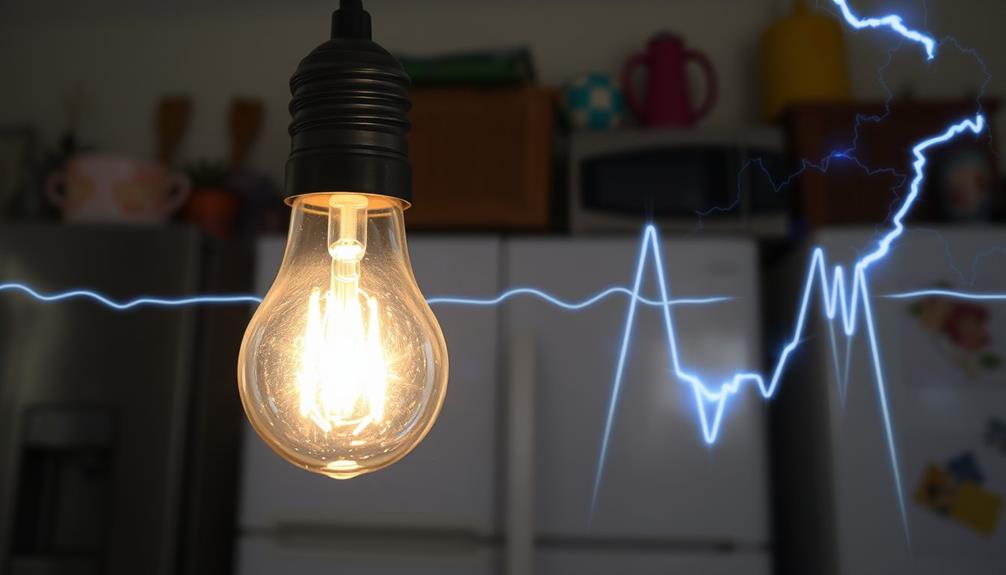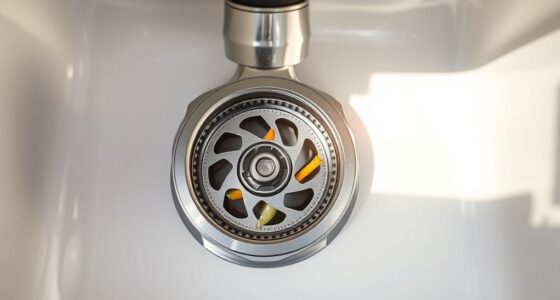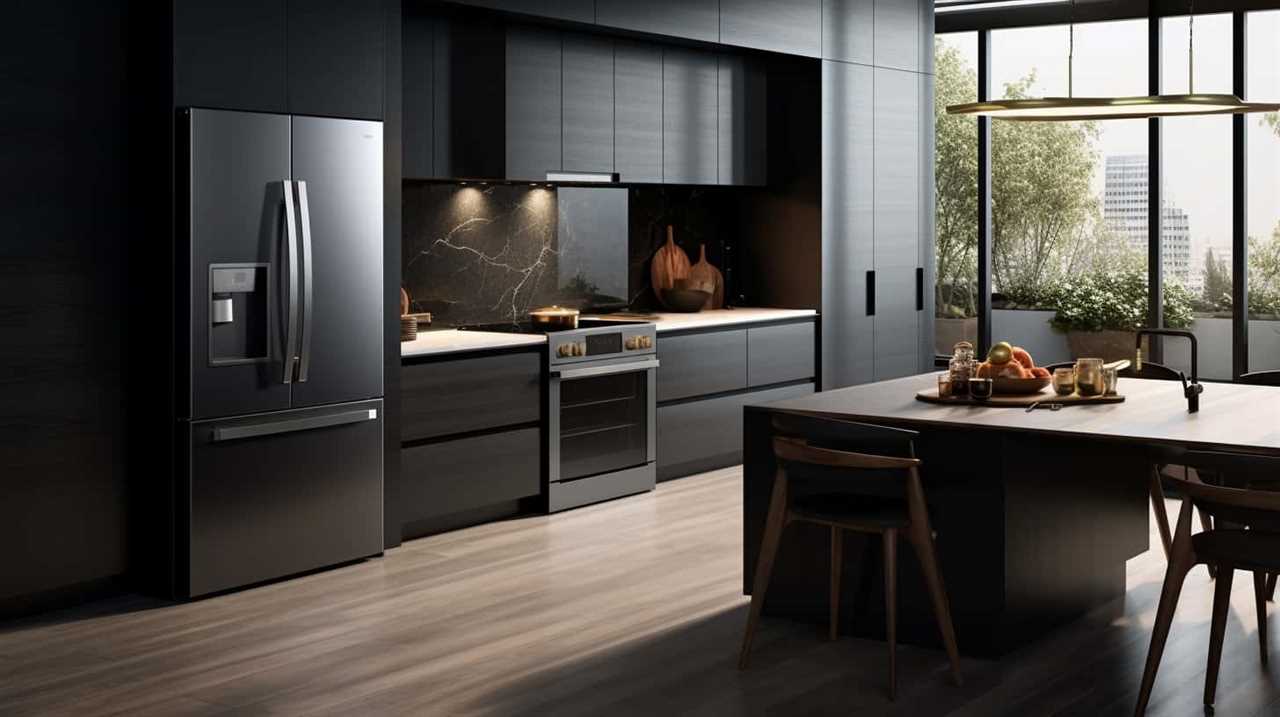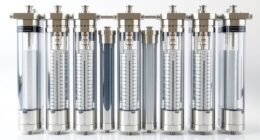Voltage fluctuations pose a serious threat to your home appliances. Whether the voltage is too high or too low, it can result in decreased performance, overheating, and expensive repairs. Sensitive appliances such as refrigerators and computers are at a higher risk, emphasizing the importance of being alert for signs like flickering lights or frequent circuit breaker trips. Neglecting these issues can significantly reduce the lifespan of your appliances and lead to unexpected repair costs. Protecting your devices is crucial, so stay tuned to learn effective ways to safeguard your appliances from voltage fluctuations.
Key Takeaways
- Voltage fluctuations can severely shorten the lifespan of home appliances, potentially reducing efficiency by up to 25%.
- High voltage spikes can cause significant damage to sensitive electronics, leading to costly repairs.
- Flickering lights and frequent circuit breaker trips often indicate underlying voltage issues that may affect appliance performance.
- Installing surge protectors and voltage stabilizers can help protect appliances from damage due to voltage fluctuations.
- Continuous voltage instability can result in increased repair costs and operational inefficiencies for home appliances.
Understanding Voltage Fluctuations
Voltage fluctuations can be a real headache for homeowners, impacting the performance of your appliances. These fluctuations come in two forms: high voltage and low voltage. When your electrical systems experience low voltage, it can lead to insufficient current for high voltage appliances, causing them to underperform or even fail.
Conversely, high voltage spikes, often from power surges, can damage your devices and appliances, resulting in costly repairs.
It's essential to take into account that appliances, especially those reliant on electronic controls, can be particularly sensitive to these fluctuations. For instance, appliance surge protection is vital to safeguard against unexpected voltage spikes. Continuous voltage fluctuations can wreak havoc, leading to overheating and increasing the risk of house fires.
In fact, around 60% of electrical failures stem from these issues. Appliances designed for steady voltage flow are particularly vulnerable; even minor fluctuations can lead to significant malfunctions or reduced efficiency.
It's important to recognize that these voltage fluctuations can stem from various sources, including damaged wiring and overloaded circuits. By acknowledging the impact of these fluctuations on your devices, you can take proactive steps to protect your appliances.
Ensuring your electrical systems are in good condition can help mitigate risks and prolong the lifespan of your valuable devices and appliances. Stay informed, and keep your home safe from the dangers of voltage fluctuations.
Causes of Voltage Fluctuations
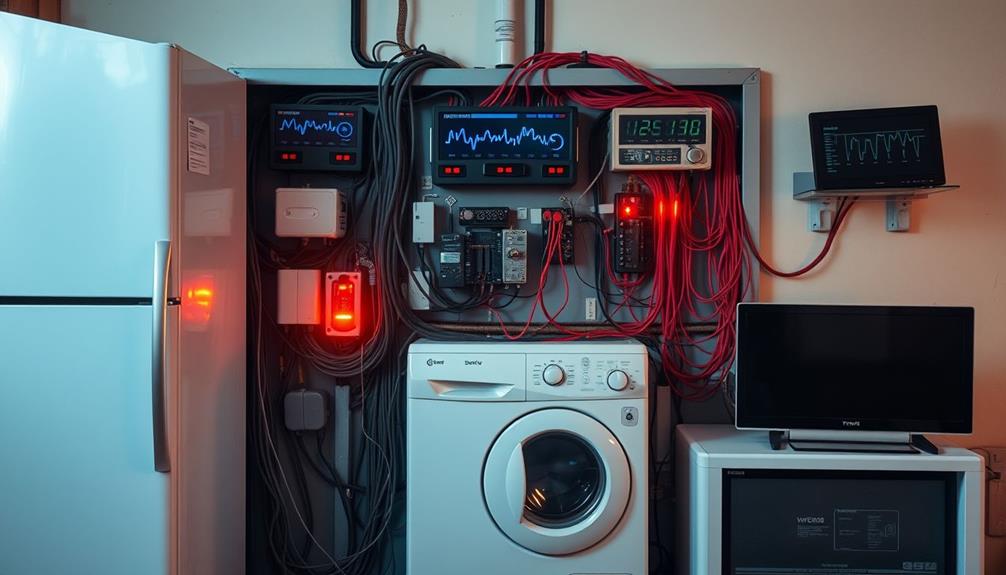
Various factors can lead to voltage fluctuations in your home, often causing inconvenience and potential damage to your appliances. One major cause is high electrical demand; when you use multiple devices simultaneously, it can overload circuits, resulting in low voltage.
Poor quality or loose wiring connections disrupt the electrical system, contributing to further voltage fluctuations. Additionally, maintaining ideal air quality with devices like air purifiers can help reduce the strain on your electrical system by minimizing the need for excessive heating or cooling.
External factors, like weather events such as lightning or snow, can also initiate voltage changes in power lines. Additionally, animal interference can damage wiring, leading to inconsistent power delivery.
If you have multiple large appliances on the same line, inadequate load sharing during peak usage times can cause significant voltage drops. Defective electrical products can exacerbate these issues, while insufficient cable carrying capacity can limit the effectiveness of your system.
All these elements together create an environment where voltage fluctuations are common, affecting the performance and longevity of your appliances and devices. Being aware of these causes can help you take preventive measures to protect your home's electrical system and maintain stable voltage levels.
Effects on Home Appliances
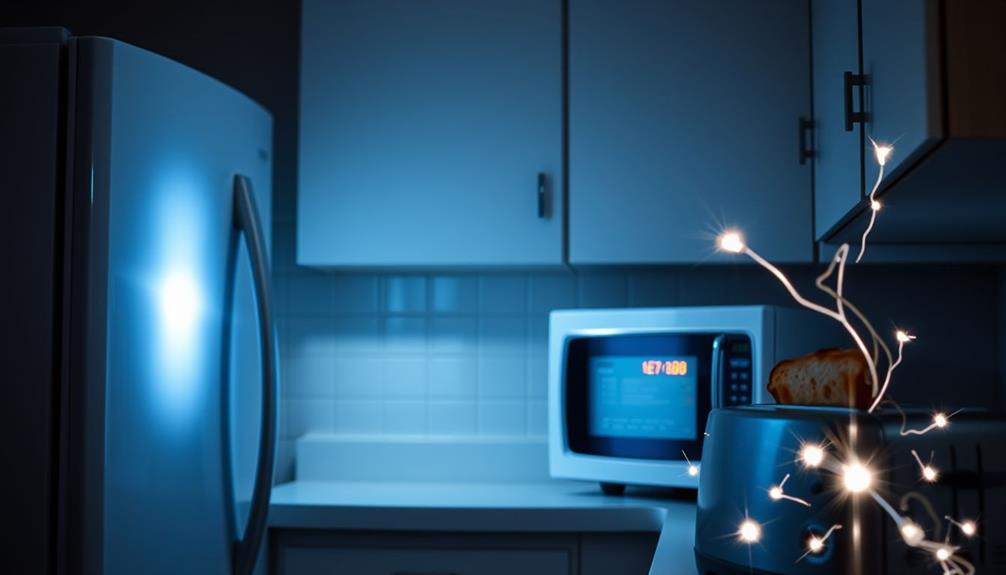
Frequent fluctuations in electrical supply can wreak havoc on your home appliances, leading to costly damages and repairs. Voltage fluctuations greatly reduce the operational lifespan of appliances in your home, with around 60% of electrical failures stemming from these issues.
Sensitive electrical devices like refrigerators, microwaves, and computers are especially vulnerable. When they experience voltage changes, you're at risk of potential failures and expensive repairs. Additionally, appliances such as garage door openers can be impacted, compromising home security and functionality.
Continuous fluctuations can cause overheating, increasing the likelihood of fire hazards and appliance malfunctions. Appliances designed to operate at a steady 230 volts may suffer serious damage when exposed to low voltage situations, rendering them ineffective during vital times.
Without appropriate surge protectors, you leave your equipment open to failures that can exceed the average replacement cost of $4,854.
To protect your investment, it's essential to address electrical issues proactively. Consider using surge protectors and monitoring voltage levels to keep your appliances running smoothly.
Ignoring these fluctuations could lead to considerable damage that not only affects your appliances but also your wallet. Stay vigilant, and safeguard your home appliances against the detrimental effects of voltage fluctuations.
Signs of Voltage Issues
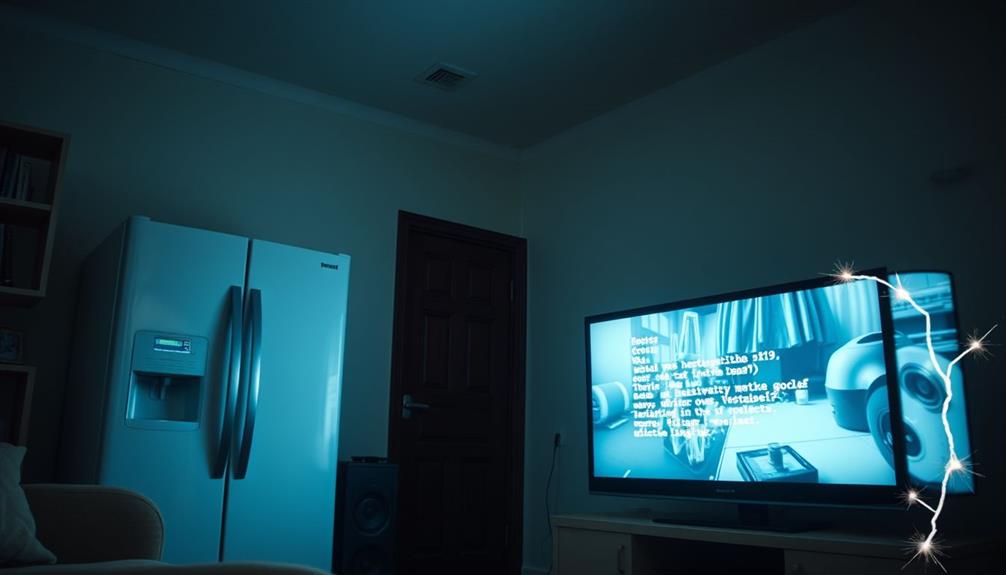
If you notice flickering lights in your home, it's often a sign of voltage fluctuations that could impact your appliances.
These fluctuations can lead to increased wear and tear on devices, potentially shortening their lifespan. Malfunctions or difficulties in starting your devices can also indicate underlying voltage issues, which could be addressed by scheduling a professional cleaning service that guarantees your home systems are running at their best key factors in choosing a home cleaning service.
Recognizing these symptoms early can help you prevent damage and maintain your appliances' efficiency.
Flickering Lights Indication
Flickering lights often signal voltage fluctuations in your home's electrical system, indicating potential issues that shouldn't be ignored. These fluctuations can stem from overloaded circuits, poor wiring connections, or external factors like bad weather and changes in the power grid.
Additionally, just as mental health support is vital for those at risk of dementia, guaranteeing your electrical system is stable is essential for preventing further complications. If you notice flickering lights frequently, it's a sign that your electrical system may not be stable, which can put your devices and appliances at risk.
Continuous flickering can't only reduce the efficiency and lifespan of your lighting fixtures but also lead to increased energy consumption. Furthermore, sensitive electronic devices may be particularly vulnerable to voltage spikes caused by these fluctuations.
Ignoring flickering lights could result in more severe electrical problems down the line, including potential damage to your appliances.
To prevent voltage-related issues, it's important to address flickering lights promptly. Consider consulting a qualified electrician to assess your electrical system and rectify any underlying issues.
Appliance Malfunction Symptoms
Appliance malfunction symptoms often become apparent when voltage issues arise in your home. You might notice that your electrical appliances aren't performing as they should, leading to frustration and potential damage.
In some cases, tough dog names can reflect the resilient nature of your appliances as they struggle with voltage irregularities. Here are some signs to look out for:
- Flickering lights: These can indicate voltage fluctuations, often due to poor connections or overloaded circuits.
- Frequent circuit breaker trips: If your circuit breakers are constantly tripping, it's a sign that something's wrong, likely related to excessive current or voltage surges.
- Overheating appliances: If your devices feel unusually warm, they might be operating under fluctuating voltage conditions, which can reduce efficiency and pose fire hazards.
If you experience any of these symptoms, consider investing in a surge protector to safeguard your sensitive electronics.
Remember, low voltage situations can lead to erratic behavior in appliances, causing unexpected shutdowns or even permanent appliance malfunction.
Monitoring power quality is essential to prevent costly repairs and guarantee your home runs smoothly. Stay vigilant and address any issues promptly to protect your valuable electrical devices.
Preventive Measures
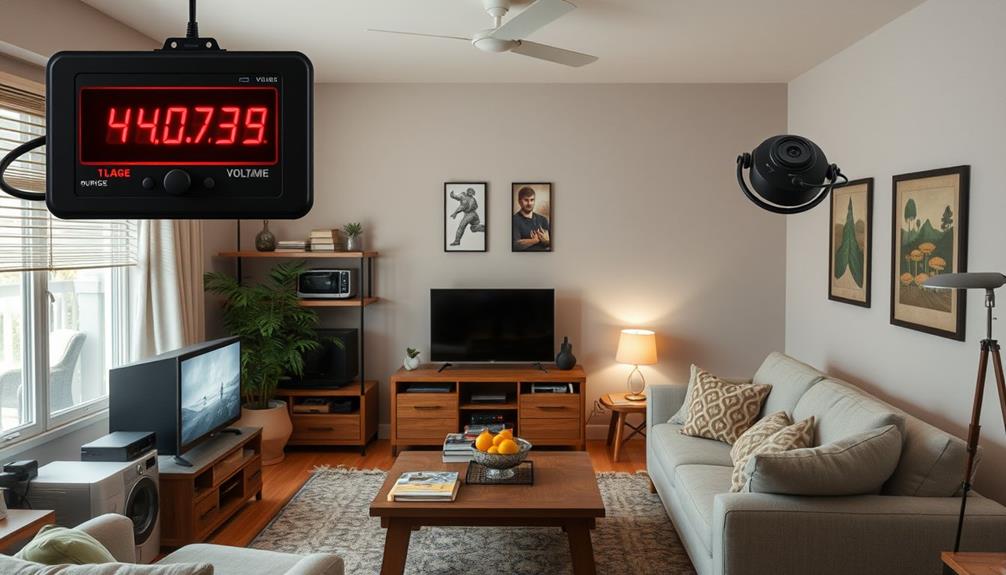
Homeowners can take several preventive measures to shield their appliances from voltage fluctuations. Installing voltage stabilizers and whole-house voltage regulators is an effective way to maintain consistent voltage levels throughout your home, protecting your electrical equipment from harmful fluctuations.
Additionally, utilizing surge protectors with a joule rating of 1000 or higher can absorb excess voltage during power surges, safeguarding major appliances and electronics. Understanding the importance of credit card impacts can also help in managing finances for purchasing these protective devices.
Regular inspections of your wiring and connections are essential. By identifying potential issues like loose connections or damaged wires, you can prevent voltage-related damage to your appliances.
It's also wise to unplug devices during storms, as this minimizes the risk of fire and damage from voltage spikes caused by lightning or other natural events.
Educating yourself about the power requirements of your appliances guarantees proper usage and helps prevent overload situations that can lead to voltage fluctuations.
Long-Term Consequences
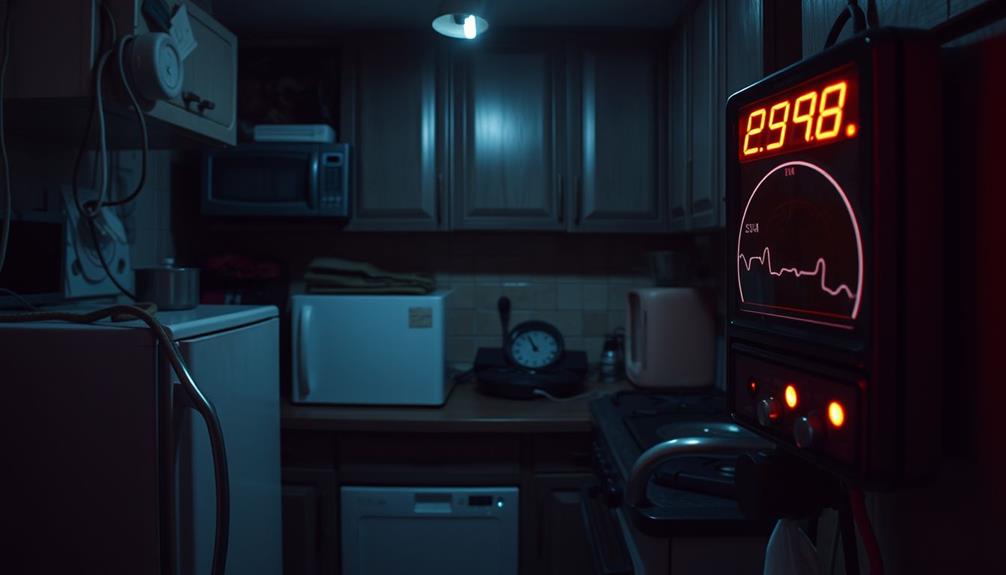
Voltage fluctuations can seriously shorten your appliances' lifespan, leaving you to replace them more often than you'd like.
These fluctuations can be likened to the unpredictability of renewable energy sources, such as the connection between wind and solar energy, which can affect overall performance.
As these appliances struggle to function properly, you might also face increased repair costs that add up over time.
Ultimately, these long-term consequences can hit your wallet harder than you expect.
Appliance Lifespan Reduction
When you experience continuous fluctuations in your home's power supply, you mightn't realize the toll it's taking on your appliances. These voltage fluctuations can greatly shorten the appliance lifespan and lead to costly consequences down the line.
For instance, appliances like refrigerators and microwaves are designed for stable voltage, but when they're subjected to low or high voltage, they work harder and suffer damage. This issue can be exacerbated in heat pumps, where common issues like electrical failures can arise due to inconsistent power supply.
Here are some major impacts you might face:
- Decreased Efficiency: Appliances may run less efficiently, leading to higher energy bills.
- Increased Wear: Regular exposure to voltage fluctuations can double the frequency of malfunctions.
- Shortened Lifespan: Low voltage can reduce an appliance's lifespan by up to 25%.
Sensitive electronics, particularly those with delicate components, are especially vulnerable. If they're regularly exposed to voltage issues, you might find yourself facing not just increased maintenance costs but also the need to replace them sooner than expected.
Protecting your appliances from voltage fluctuations is essential for maintaining their longevity and avoiding unnecessary expenses.
Increased Repair Costs
Experiencing frequent voltage fluctuations can lead to surprisingly high repair costs for your appliances. When your devices encounter high and low voltage spikes, they often work harder, resulting in decreased efficiency and a greater likelihood of damage. This can increase your overall repair costs considerably.
For example, sensitive electronics may fail due to these fluctuations, with repair expenses averaging around $1,602, often exceeding the cost of replacement, which is about $4,854. Implementing a holistic lifestyle approach in managing your appliances, similar to strategies used in menopause management, can help mitigate some of these issues.
Appliances that endure repeated voltage fluctuations become prone to overheating, which damages internal components and leads to costly repairs over time. Studies show that nearly 50% of equipment evaluated after surges reveal that voltage fluctuations notably contribute to increased repair costs.
Additionally, continuous voltage issues can cause premature appliance failures; research indicates that 60% of electrical failures are linked to these problems, resulting in higher long-term expenses.
To mitigate these risks, consider investing in an Uninterrupted Power Supply (UPS) to protect your appliances from damaging voltage fluctuations. It's a proactive step that can save you money in the long run by reducing the need for frequent repairs and replacements.
Recommended Equipment
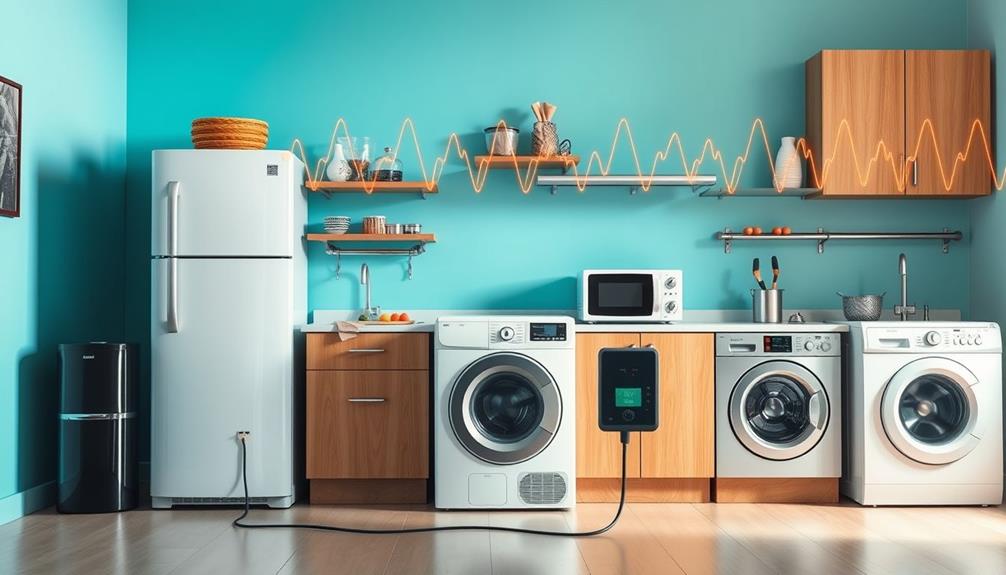
Often, homeowners overlook the importance of using the right equipment to protect their appliances from voltage fluctuations. Investing in the appropriate tools can save you from costly repairs and extend the lifespan of your devices.
Here are some essential recommendations:
- Surge Protectors: Opt for surge protectors with a joule rating of 1000 or higher to absorb excess voltage during surges, safeguarding sensitive appliances like computers and refrigerators.
- Voltage Stabilizers: These devices guarantee a consistent voltage supply, greatly reducing the risk of damage caused by power fluctuations.
- Uninterruptible Power Supply (UPS): A UPS stabilizes voltage and provides backup power, protecting your electronics during low voltage situations or outages.
Additionally, consider installing whole-house voltage regulators to maintain steady voltage levels throughout your home. This helps prolong the lifespan of all connected appliances.
For high-power devices, using dedicated circuits is vital to prevent flickering and overload issues that can arise from multiple appliances sharing the same line.
Resources for Homeowners
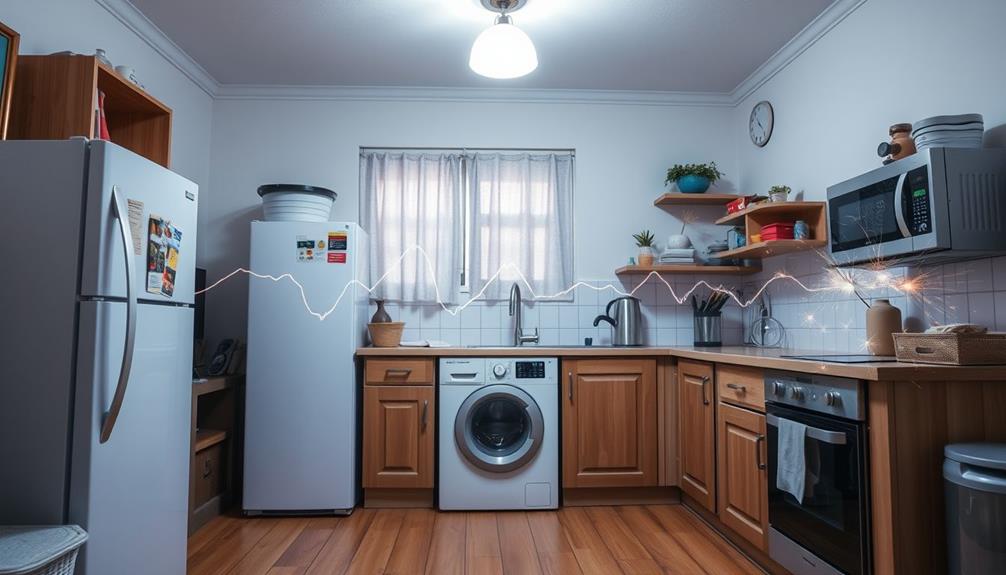
To effectively safeguard your home appliances from voltage fluctuations, it's important to know where to find reliable resources. Start by looking for appliances with a CE marking, which indicates they can tolerate voltage fluctuations and minimize damage risk.
When investing in surge protectors, choose ones with a joule rating of 1000 or higher to protect your major appliances and electronics from spikes.
Regular inspections of your electrical systems are essential. Check for loose connections or damaged wires, as these issues can lead to voltage fluctuation-related damage.
You might also want to take into account smart appliances, as many come equipped with built-in protection against voltage fluctuations. Integrating these into a home energy management system can enhance both efficiency and safety.
Lastly, stay informed by subscribing to newsletters and accessing resources on energy-saving tips. These can provide you with effective strategies to mitigate voltage-related issues.
Frequently Asked Questions
Can Voltage Fluctuations Damage Appliances?
Yes, voltage fluctuations can definitely damage your appliances. Low voltage might hinder performance, while high voltage surges can destroy sensitive components. It's essential to monitor your electrical supply to protect your valuable devices from these risks.
How to Protect Home Appliances From Voltage Fluctuation?
To protect your home appliances from voltage fluctuations, install surge protectors with a joule rating above 1000, use whole-house voltage regulators, and regularly inspect your wiring. Consider Uninterruptible Power Supplies for added stability and protection.
What Are the Effects of Voltage Fluctuation?
Voltage fluctuations hit your devices like a rollercoaster ride—up and down unpredictably. They can cause inefficiencies, shorten lifespans, and even damage electronics, leading to costly repairs and frustrating operational failures when you need them most.
How Does Voltage Fluctuation Affect Refrigerator?
Voltage fluctuations can cause your refrigerator to work harder, reducing its lifespan. Sudden spikes may damage vital parts, while low voltages lead to cooling failures, spoiling food and increasing energy costs. Protecting your appliance is essential.
Conclusion
In the grand symphony of your home, voltage fluctuations can play discordant notes that disrupt the harmony of your appliances. By staying vigilant and implementing preventive measures, you can safeguard your investments from the unseen currents that threaten their longevity. Just as a well-tuned instrument requires care, so too do your devices. Embrace the knowledge you've gained, and let it be the shield that protects your home from the unpredictable dance of electricity.
